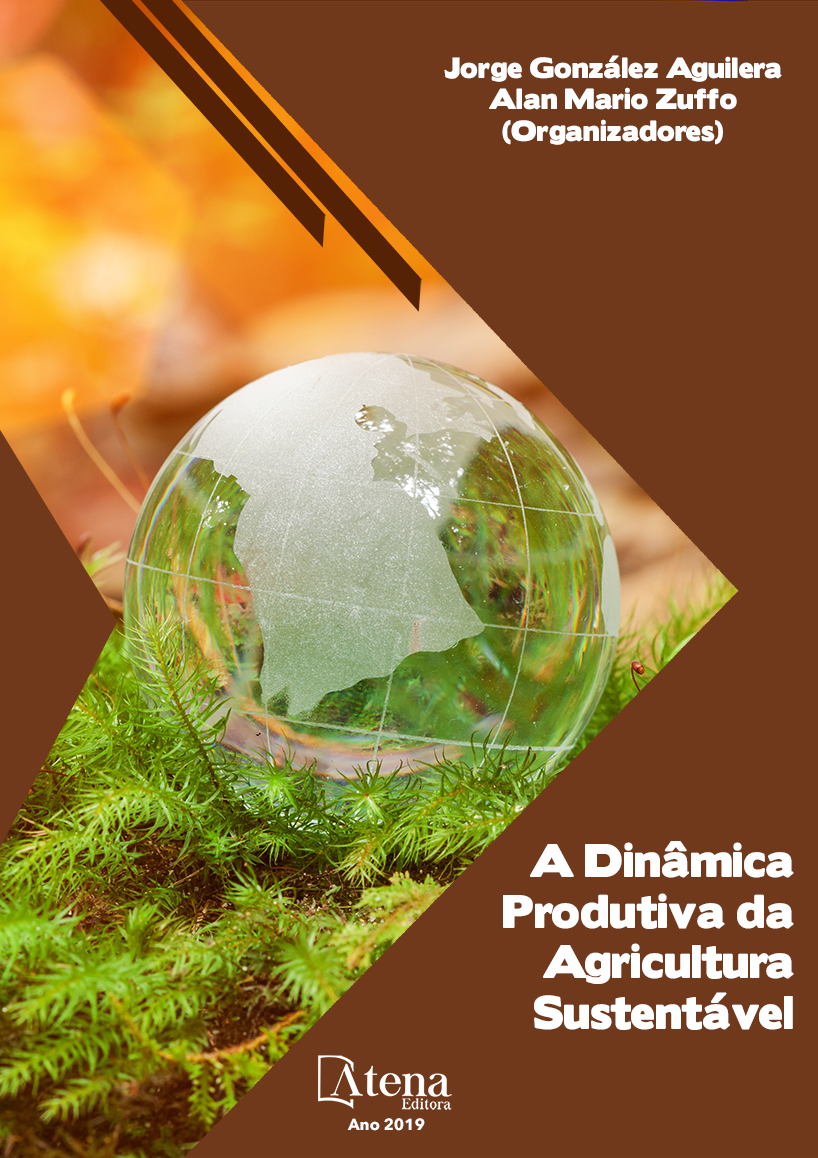
UTILIZAÇÃO DE AERONAVE REMOAMENTE PILOTADA PARA MAPEAMENTO DE USO DE SOLO EM UMA ÁREA DE CAFEEIROS
A Agricultura de Precisão consiste em técnicas para lidar com a variabilidade espacial. Para entender a distribuição espacial de uma cultura é necessário informações confiáveis sobre a área a ser mapeada. Atualmente, Aeronaves Remotamente Pilotadas (RPA) estão sendo estudadas por detectarem informações próximas ao alvo e, consequentemente, fornecerem dados com alta resolução espacial e temporal. Neste sentido, o objetivo deste trabalho foi obter imagens com câmera convencional por meio de uma RPA e realizar a classificação supervisionada para obtenção do mapeamento de uso do solo de uma lavoura cafeeira. O experimento foi realizado em uma lavoura cafeeira pertencente à Agência de Inovação do Café (InovaCafé) na Universidade Federal de Lavras, Lavras/ MG. Utilizou-se uma RPA de asa rotativa, em modo de voo autônomo, e na altura de 75 m. Processou-se as imagens no software QGis, realizou-se o georreferenciamento e a classificação, posteriormente aferiu-se a acurácia e quantificou-se as classes. Concluiuse que foi possível classificar e distinguir as categorias em: Solo; Planta Daninha; e Cultura, em uma área de 1,23 ha resultando em 29,56% de cafeeiros, uma acurácia geral de 85% e estimativa do Kappa de 0,75, sendo possível distinguir os diferentes estágios de desenvolvimento dos cafeeiros.
UTILIZAÇÃO DE AERONAVE REMOAMENTE PILOTADA PARA MAPEAMENTO DE USO DE SOLO EM UMA ÁREA DE CAFEEIROS
-
DOI: 10.22533/at.ed.39319230916
-
Palavras-chave: Classificação Supervisionada; Lavoura Cafeeira; Sistemas de Aeronaves Não Tripuladas; Sensoriamento Remoto; Agricultura de Precisão
-
Keywords: Supervised Classification; Coffee Crop; Unmanned Aircraft Systems (UAS); Remote Sensing; Precision Agriculture
-
Abstract:
Precision Agriculture consists of techniques to deal with spatial variability. Understanding the spatial distribution of a culture requires reliable information about the area to be mapped. Currently, Remotely Piloted Aircraft (RPA) are being studied for detecting information close to the target and, consequently, providing data with high spatial and temporal resolution. Therefore, the objective of this work was to obtain images with conventional camera by means of a RPA and to carry out the supervised classification to obtain the mapping of the soil use of a coffee crop. The experiment was carried out in a coffee field belonging to the Coffee Innovation Agency (InovaCafé) at the Universidade Federal de Lavras, Lavras, MG. It was used a RPA with rotary wings, in an autonomous flight, and height of 75 m. The images were processed in the QGis software, the georeferencing and the classification were performed, then the accuracy was measured and the classes were quantified. It was concluded that it was possible to classify and distinguish the categories in: Solo; Weed; and Culture, in an area of 1.23 ha resulting in 29.56% of coffee trees, an overall accuracy of 85% and Kappa estimation of 0.75, and it is possible to distinguish the different stages of coffee development.
-
Número de páginas: 15
- Luana Mendes Dos Santos
- Gabriel Araújo e Silva Ferraz
- Brenon Diennevan Souza Barbosa
- Letícia Aparecida Gonçalves Xavier
- Sthéfany Airane Dos Santos
- Diogo Tubertini Maciel
- Lucas Santos Santana


